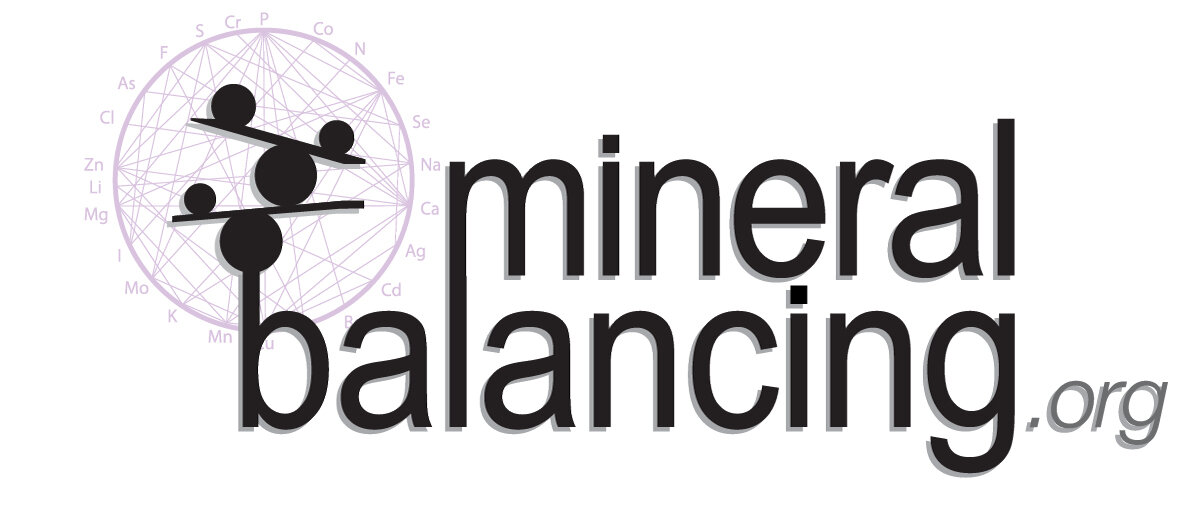Teleology, Homeostasis and Adaptation
There are many concepts in Mineral Balancing Science, but there are three which are interrelated with each other. They are teleology, homeostasis and adaptation. We will discuss these concepts below.
Teleology
The concept of teleology refers to the goal-orientated or purpose-driven behaviour that is observed in biological systems. The body has certain goals, such as to produce energy and maintain homeostasis under whichever conditions are present in it’s internal and external environment.
Homeostasis
A primary perspective which underlies Mineral Balancing Science is the inherent capacity that all living beings possess self-regulatory mechanisms. Homeostasis is defined as “any self-regulating process by which biological systems tend to maintain stability while adjusting to conditions that are optimal for survival. If homeostasis is successful, life continues; if unsuccessful, disaster or death ensues. The stability attained is actually a dynamic equilibrium, in which continuous change occurs yet relatively uniform conditions prevail” (Britannica, 2018). Homeostasis is the concept of dynamic equilibrium. It is the primary mechanism which the goals that are exhibited by the teleological force is through homeostasis.
“All that I have done thus far in reviewing the various protective and stabilising devices of the body is to present a modern interpretation of the natural vis medicatrix.”
The body balances many unstable chemical elements by means of controls systems called negative feedback loops. The elements are maintained at critical ratios and relationships with one another. This allows for energy production, movement, thought, digestion, and all essential biological functions. Walter Cannon's notion of homeostasis had its origins in vis medicatrix naturae. Mineral Balancing focuses on restoring homeostatic mechanisms and balances in order to restore health in individuals.
Adaptation
Adaptation is the unique way in which the body modifies itself to survive in the face of stress or demands which are imposed upon it by the internal or external environment. The metabolic types, fast and slow oxidation, are really states of adaptation. This is an important concept, because if we can understand why or how an individual’s body has adapted to stressors, we can focus on removing or minimising the stressors and thus correct the adaptations, allowing the body to self-regulate into a more desirable homeostatic state. The concept of Biological Replacement of Elements is also a form of adaptation, whereby enzyme systems developed an ability to adapt and maintain their functionality despite limited or absent elements.
Summary
Mineral Balancing Science is the study of how the body maintains balance and stability through the concepts of teleology, homeostasis, and adaptation. Teleology refers to the goal-oriented behavior in biological systems, homeostasis is the self-regulatory mechanism to maintain stability and adjust to optimal conditions, and adaptation is the body's unique way of modifying itself to survive in the face of stress. The body balances chemical elements and maintain critical ratios through negative feedback loops, to ensure energy production, movement, thought, digestion, and all essential biological functions. The understanding of how the body adapts to stressors can help to remove or minimize them, allowing the body to self-regulate into a more desirable homeostatic state.
References
Allen, Colin, Neal, & Jacob. (2020). Teleological Notions in Biology. Retrieved from The Stanford Encyclopedia of Philosophy: https://plato.stanford.edu/entries/teleology-biology/
Britannica, T. E. (2018, December 05). Homeostasis. Retrieved from Encyclopædia Britannica : https://www.britannica.com/science/homeostasis
Cross, S. J., & Albury, W. R. (1987). Walter B. Cannon, L. J. Henderson, and the Organic Analogy. Osiris, 165-192. Retrieved from https://www.journals.uchicago.edu/doi/abs/10.1086/368665
Mayr, E. (1965). Cause and effect in biology. In Cause and effect (pp. 33-50). New York: Free Press.
Pittendrigh, C. S., Roe, A., & Simpson, G. G. (1958). Adaptation, natural selection, and behavior. In Behavior and Evolution (pp. 390-416). New Haven: Yale University Press.
